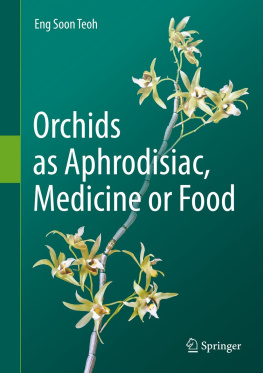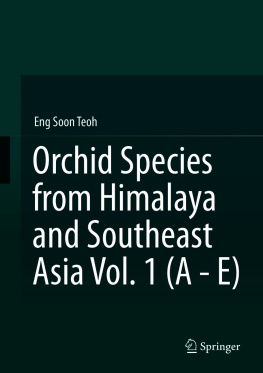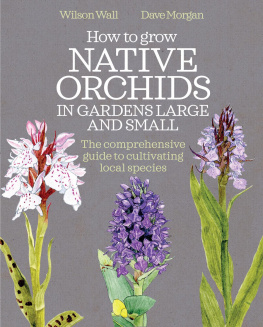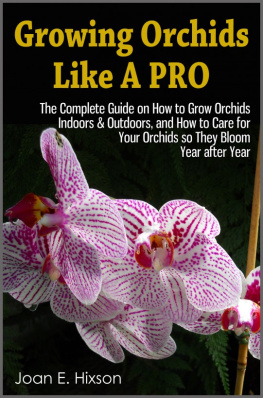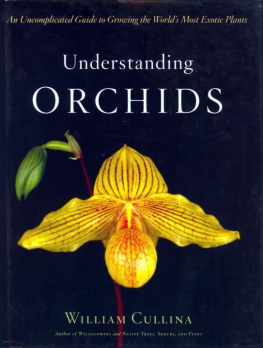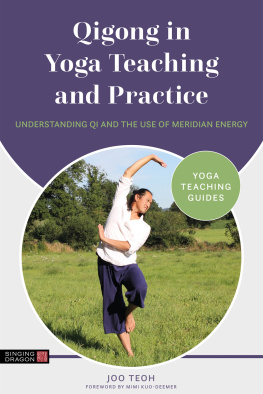Eng Soon Teoh - Orchids as Aphrodisiac, Medicine or Food
Here you can read online Eng Soon Teoh - Orchids as Aphrodisiac, Medicine or Food full text of the book (entire story) in english for free. Download pdf and epub, get meaning, cover and reviews about this ebook. year: 2019, publisher: Springer International Publishing, genre: Romance novel. Description of the work, (preface) as well as reviews are available. Best literature library LitArk.com created for fans of good reading and offers a wide selection of genres:
Romance novel
Science fiction
Adventure
Detective
Science
History
Home and family
Prose
Art
Politics
Computer
Non-fiction
Religion
Business
Children
Humor
Choose a favorite category and find really read worthwhile books. Enjoy immersion in the world of imagination, feel the emotions of the characters or learn something new for yourself, make an fascinating discovery.
- Book:Orchids as Aphrodisiac, Medicine or Food
- Author:
- Publisher:Springer International Publishing
- Genre:
- Year:2019
- Rating:4 / 5
- Favourites:Add to favourites
- Your mark:
- 80
- 1
- 2
- 3
- 4
- 5
Orchids as Aphrodisiac, Medicine or Food: summary, description and annotation
We offer to read an annotation, description, summary or preface (depends on what the author of the book "Orchids as Aphrodisiac, Medicine or Food" wrote himself). If you haven't found the necessary information about the book — write in the comments, we will try to find it.
Orchids as Aphrodisiac, Medicine or Food — read online for free the complete book (whole text) full work
Below is the text of the book, divided by pages. System saving the place of the last page read, allows you to conveniently read the book "Orchids as Aphrodisiac, Medicine or Food" online for free, without having to search again every time where you left off. Put a bookmark, and you can go to the page where you finished reading at any time.
Font size:
Interval:
Bookmark:
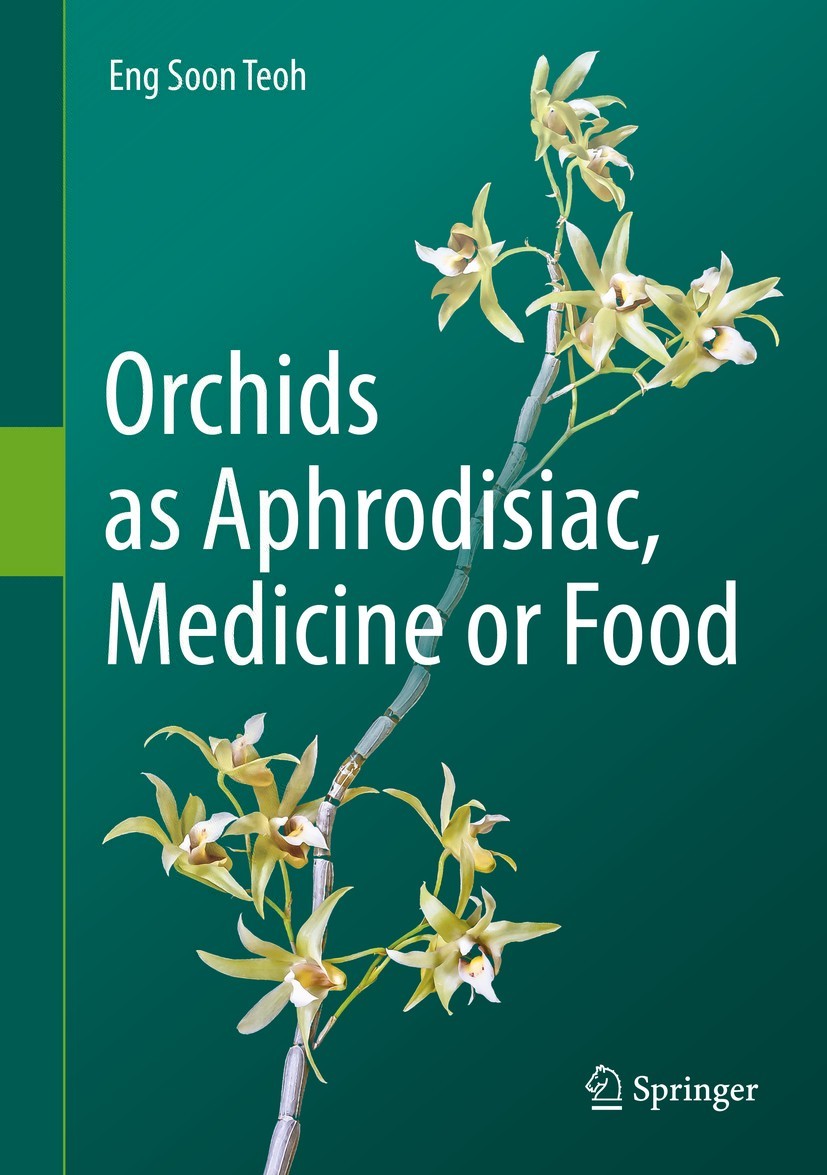

This Springer imprint is published by the registered company Springer Nature Switzerland AG.
The registered company address is: Gewerbestrasse 11, 6330 Cham, Switzerland
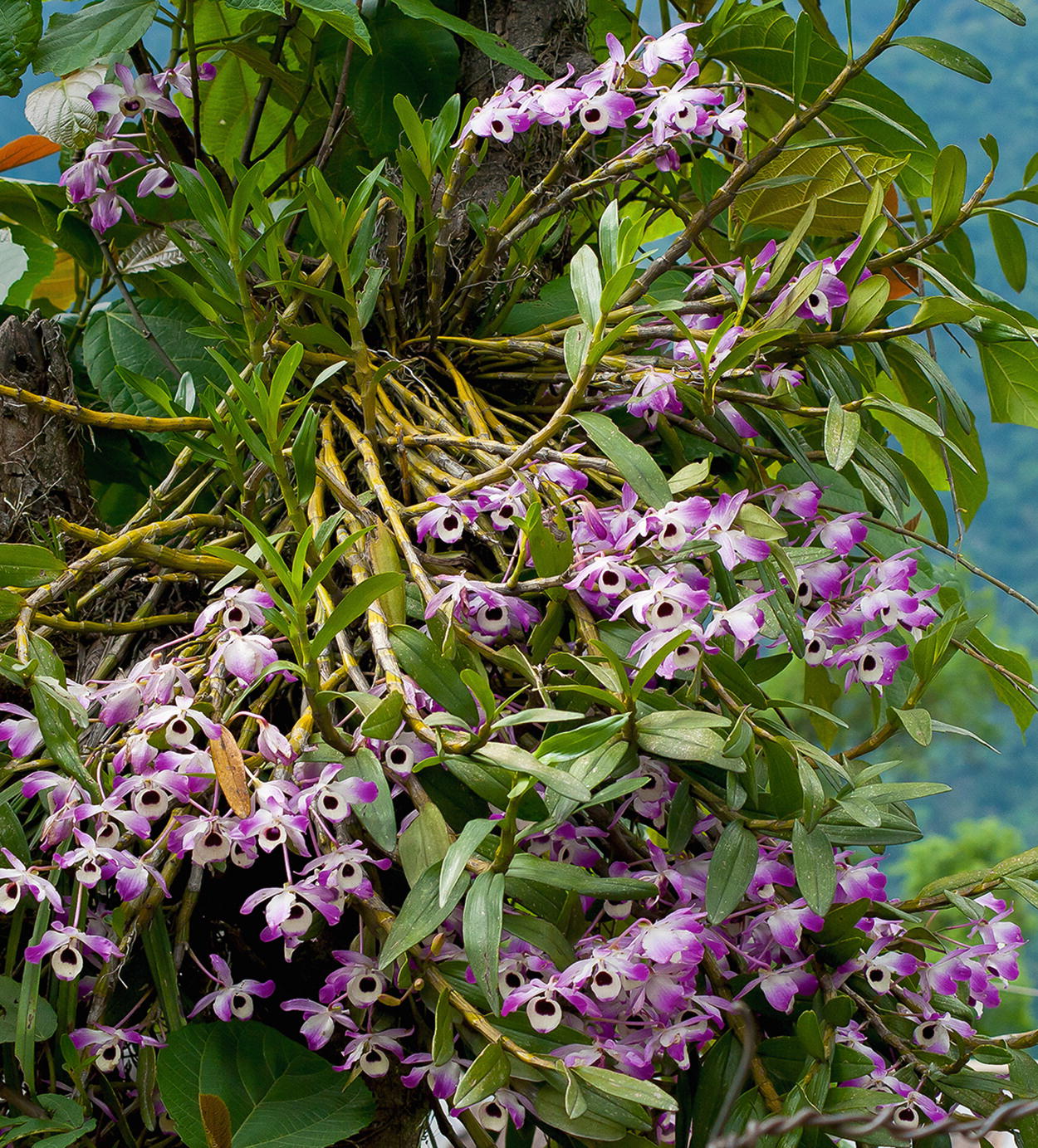
Dendrobium nobile flowering in April on a tree in Sikkim, India. Pseudobulbs of this beautiful, popular orchid are employed medicinally as shihu in China. Although the species is widely distributed, its existence in nature is now under threat because of over-collection from the forests of southern China and the adjacent countries. (Teoh Eng Soon 2019. All Rights Reserved.)
for Phaik Khuan, John, Kristine, Chrissie and Ning
Orchids are more than pretty exotic flowers. For thousands of years, some orchid species have played an important role in traditional herbal medicine in China, India and Europe. Even today several hundred orchid species are employed medicinally to treat injuries and disease or as food and delicacies all over the world. Vanilla, a favourite flavour with the Aztecs and now ubiquitous in Western confectionary, is derived from an orchid fruit.
Recently, the modernization of China has wrought a paradigm shift in the development and practice of Traditional Chinese Medicine. Not only are new modalities being employed for diagnosis and treatment, scientists are scrutinizing ancient remedies at the molecular level to determine whether they actually contain useful compounds and, if they do, their modes of action. In the process, new potential uses are being discovered. Numerous compounds present in orchids act against viruses, bacteria, fungi, protozoa and worms. Other compounds are toxic to cancer cells, causing programmed cell death (apoptosis); depriving malignant cells of their blood supply; or preventing their spread. Some orchid phytochemicals protect against liver damage, brain damage and ultraviolet damage to skin; lower blood sugar; promote fetal lung maturation; and prevent osteoporosis. Every week, new information is appearing in scientific journals. However, most of the excitement is confined within the laboratory. Clinical trials are few and far between. They need to be properly designed and performed.
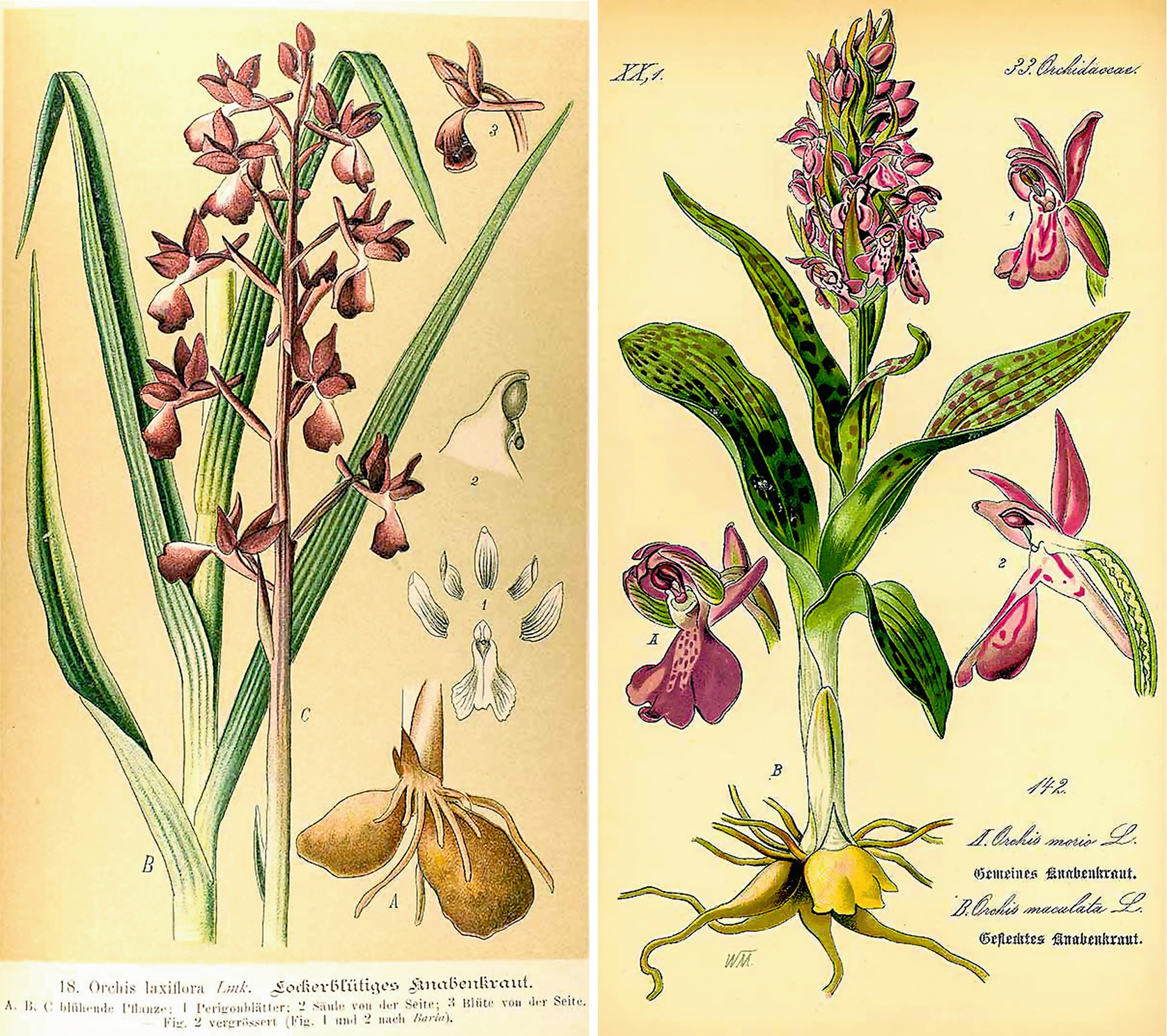
Three Mediterranean terrestrial orchids with tubers that were touted as aphrodisiacs fpr nearly two millennia. Left: Anacamptis laxiflora. From: Schultze M, Die Orchidaceen Deutschlands, Deutsch-Oesterreichs und der Schweiz , t. 18 (1894). Right: Anacamptis morio [as Orchis morio , Fig. A]; and Dactylorhiza maculata [as Orchis maculata, Fig. B]. From: Thome OW, Flora von Duetschland Osterreich und der Schweiz, Tafein, vol. 1: t.142 (1885)
Five groups of herbal orchids that are of the greatest economic importance and with the longest recorded history of usage are individually described in separate chapters to demonstrate how studies should be conducted on the remaining 800 medicinal orchid species. These five items are Tianma, Shihu, Baiji, Salep and Vanilla.
Whereas an effort is made to provide an overview of medicinal orchids throughout the world, more comprehensive information about such usage in Meso and South America might only be available from Spanish and Portuguese sources which are not accessible to the author. Other than South Africa, tribal usage in many parts of that continent has not been properly studied and records of usage in much of Indonesia, Papua New Guinea and Australia are not as extensive as those of continental Asia. The approximately 200 medicinal orchid species with localized provincial usage in China are not discussed in this book. Interested readers may refer to my Medicinal Orchids of Asia (Springer 2016) where they are individually described in detail.
I made an exception with Xizang Province (Tibet) because bcud len is unique in its original application by hermits striving for spiritual advancement and survival while dwelling in remote caves. I am grateful to Charles Oliphant, PhD, for introducing me to this secret Tibetan practice of bcud len and the opportunity to read his thesis which revealed another unique aspect of medicinal orchid usage. This is discussed in Chap..
Grateful thanks are due to Henry Oakeley, MD, FRCP, for valuable advice on my first few chapters and his photographs of European orchid species; Professor Ong Siew Chey, MD, Wu Dongyun, MD, Janet Loh and Sohjardto Wibowo, MD, for assistance with the translations of Chinese and Dutch texts; Joseph Arditti, PhD, Tan Wee Kiat, PhD, Tim Yam, PhD, Hew Choy Sin, PhD, and Chang Yoon Ching, PhD, and numerous research scientists whose papers we have quoted for making available resource materials; and also the library staff of the Singapore Botanic Gardens, in particular Christina Loh and Zakiah bte Agil. I also wish to thank Bhakta Bahadur Raskoti, PhD, and Professor Lokesh Shakya and Professor S.K. Ghimire for supplying me with photographs of some Nepali medicinal orchids; Professor Luo Yibo, PhD, for photos of cultivation and conservation of
Font size:
Interval:
Bookmark:
Similar books «Orchids as Aphrodisiac, Medicine or Food»
Look at similar books to Orchids as Aphrodisiac, Medicine or Food. We have selected literature similar in name and meaning in the hope of providing readers with more options to find new, interesting, not yet read works.
Discussion, reviews of the book Orchids as Aphrodisiac, Medicine or Food and just readers' own opinions. Leave your comments, write what you think about the work, its meaning or the main characters. Specify what exactly you liked and what you didn't like, and why you think so.

